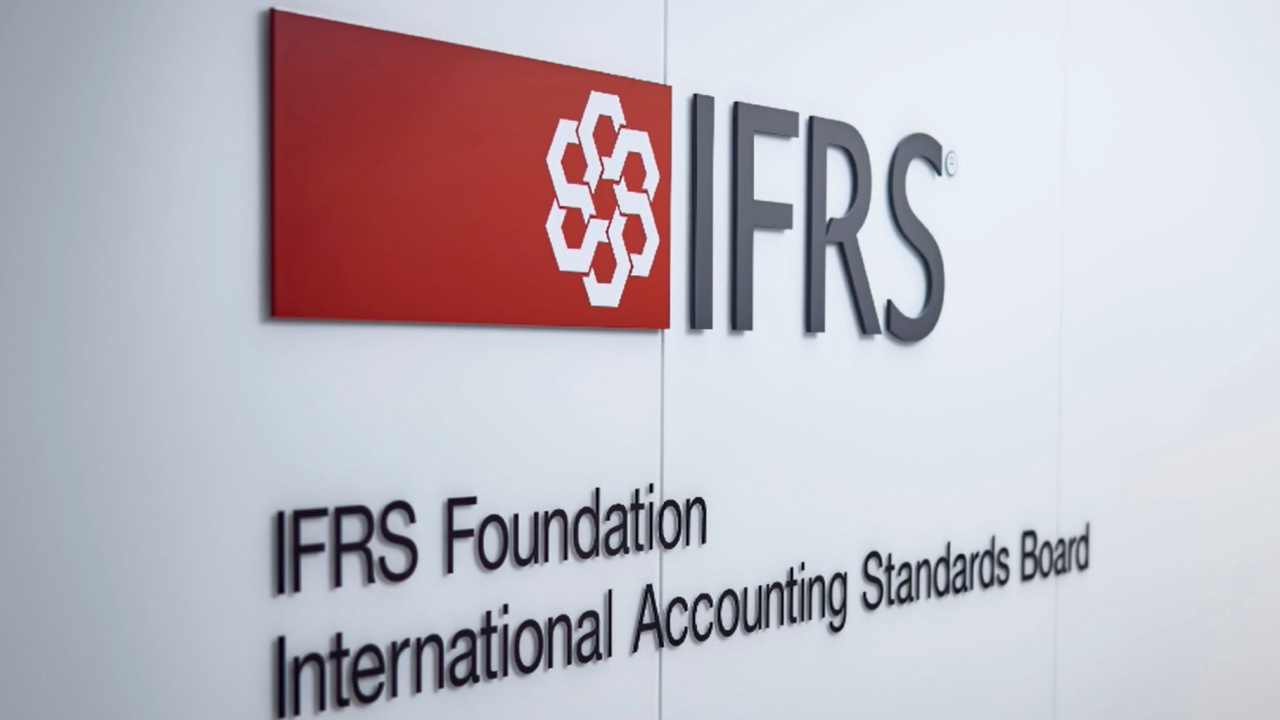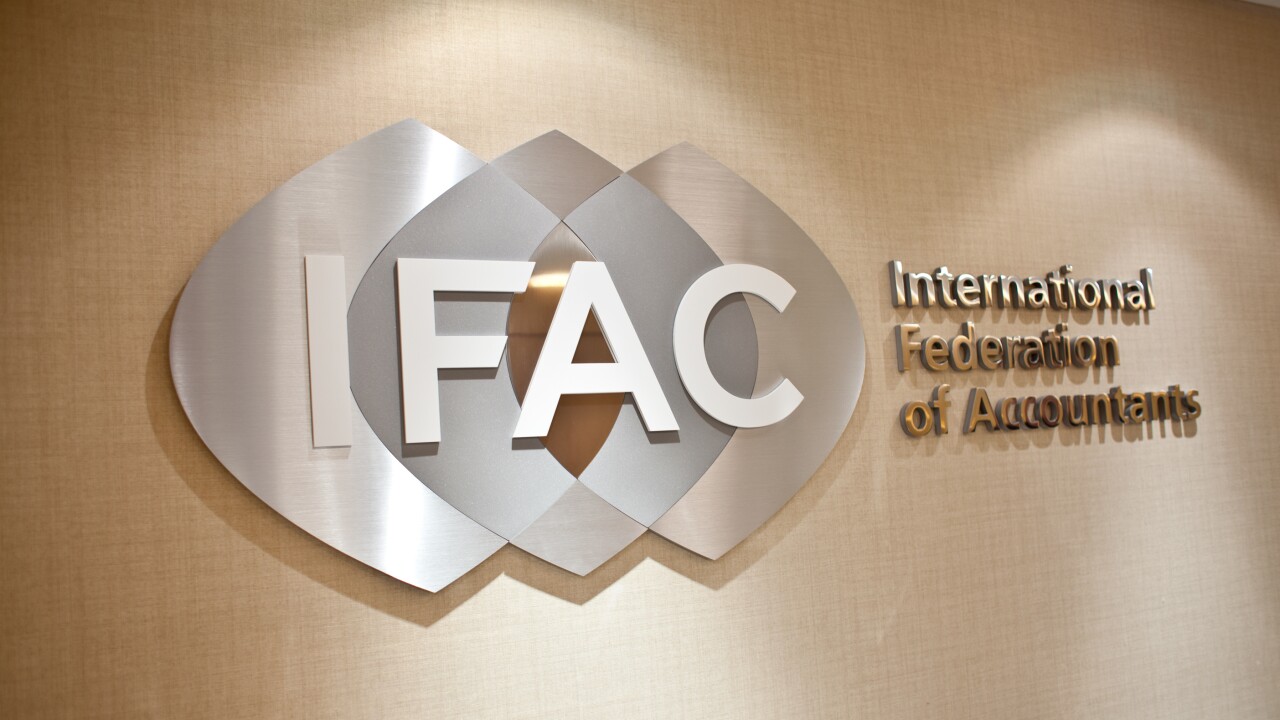The Small Business Administration’s Direct Forgiveness Portal for Paycheck Protection Program loans have been giving businesses a streamlined way to seek forgiveness of PPP loans of $150,000 or less since opening last month, but accountants are watching for the COVID Revenue Reduction Scores that the SBA is using for making determinations.
The SBA introduced the
The PPP application and loan forgiveness process has been complicated, with unclear rules and constantly changing processes, ever since the SBA began offering multiple rounds of PPP loans last year as a way to help small businesses get through the COVID-19 pandemic. Accountants have been helping their clients with applying for the PPP loans and then applying for forgiveness of them. The direct forgiveness portal promised to offer a more convenient way for businesses to receive forgiveness on their loans, but not all lenders are on board and some of the larger banks still prefer to use their own portals.

“I think for now the banks prefer to handle the way using the platform the way they’ve been using it,” said Todd Sprang, a managing principal at CliftonLarsonAllen’s Oak Brook, Illinois, office. “If a lender has a proven system for taking and processing applications, they’re inclined to stay with that because running a second system is somewhat problematic. It requires a little more operational time and energy to learn that system and work through that. Plus, there can be some keyboard input errors, and then the lenders need to spend time working through that with the borrower. Ultimately, using that system in lieu of their existing system might be a little more frustrating in the near term for their borrowers. For lenders that didn’t have an existing system, though, it may be a great benefit to help them.”
The new SBA-run direct forgiveness portal with its revenue reduction score capability could be helpful for some CLA clients who had not previously provided revenue reduction information to their bank when they did the original loan application, according to Jack Rybicki, managing principal of CLA Private Capital. That’s especially true for businesses that took advantage of the 2021 version of the program after Congress revived the PPP. It could streamline the process for businesses that have needed to submit the SBA’s Form 3508S PPP loan forgiveness application. To be eligible for a so-called “second draw” PPP loan, PPP borrowers had to experience a revenue reduction of no less than 25% during one quarter of 2020 compared to the same quarter in 2019, under the
“Particularly for those PPP 2 borrowers, we think that this will be a preferential system because of the new revenue reduction score that’s out there,” said Rybicki. “For PPP 1 borrowers, we suspect that the new system and the bank’s systems are likely going to require similar information, although that is a concern that the SBA system might require more information than the banks would have been requiring related to the 3508S forms, but for PPP 2 borrowers the potential to not have to provide documentation to support the 25% revenue reduction, because of the new revenue reduction score, is potentially a significant benefit because many of our small businesses don’t report information on a quarterly basis and therefore were having problems providing that information to support the required revenue declines.”
The SBA portal could be helpful for many banks as well. “For those lenders that obtained that documentation upfront in the origination process, it was a rather lengthy process to comply with those documentation standards,” said Sprang. “Relief is real for those folks.”
Accountants may also benefit from being able to use a single portal for their small business clients who are seeking forgiveness of their PPP loans instead of various portals from different banks and lenders. “From an accountant’s perspective that’s working with the small businesses, in most cases they’re having to learn the portal system, whatever that is, whether it’s an outsourced portal that a bank had developed, a custom portal the bank had developed, or now the SBA system,” said Rybicki. “The potential benefit of the SBA system is they can learn that one system and be able to service clients across multiple lenders. There could be a benefit from an accountant perspective as well because they wouldn’t have to learn potentially how to use as many bank portals as they’ve historically had to for PPP loan forgiveness.”
While the 3508S forms are still around for forgiveness of PPP loans of $150,000 or less, the SBA recently got rid of two other loan forgiveness application forms for larger loans, Forms 3509 and 3510. But that doesn’t necessarily mean they’re off the hook when it comes to proving economic necessity.
“The 3509 and 3510 forms were only relevant to borrowers over $2 million, so that wouldn’t necessarily have an impact on those small businesses that this portal applies to, which is $150,000 or less from a borrower perspective,” said Rybicki. “Quite frankly, all borrowers should have documentation as to economic necessity. When the SBA pulled back the requirement to complete those forms for larger borrowers, now they just have to provide other documentation to support that certification that they made, that economic necessity was there at the time that they applied for the loan. You still have to give something if you’re a larger borrower.”
The smaller businesses have not needed to go so far in proving economic necessity.
“The small businesses were grandfathered in, effectively, and there was no challenge or need to justify the economic necessity,” said Rybicki. “That was based on the SBA’s guidance. It came out last year, that for loans under $2 million, they were not going to challenge whether or not economic necessity existed, so that was never a criteria for the small businesses.”
With more signs of fraud emerging in the PPP, that could change. Billions of dollars may have been lost to fraudsters in the U.S. and abroad, according to government watchdogs and independent estimates (
Another factor is the employee retention tax credit, which Congress began allowing small businesses to claim along with applying for the Paycheck Protection Program last December, but the interaction between the two programs can be complex and may affect the loan forgiveness process.
“We are dealing quite a bit with the ERC as well, and that has greatly complicated the forgiveness process because you now have companies that can’t take advantage of both the PPP forgiveness and the employee retention credit,” said Rybicki. “You’re not allowed to use the same payroll dollars to get the benefit of PPP forgiveness and the employee retention credit, so it has now complicated the forgiveness process because you have the interplay of those two programs. So allocating your payroll dollars between those two programs to maximize forgiveness first because that’s a dollar-for-dollar benefit, and then the employee retention credit second because that’s a lower benefit, is now complicating things a lot, but is a very real thing that’s going on with our clients now, because the employee retention credit is a tremendous benefit on top of the PPP.”
The IRS recently issued guidance on the employee retention credit, which is supposed to expire at the end of the year, or perhaps even sooner to help pay for the bipartisan infrastructure bill (
“Under the infrastructure bill, if it passes as it’s currently written, that program will sunset for most businesses at the end of the third quarter rather than the end of the fourth quarter of this year, so that would limit the potential benefit,” said Rybicki. “There are certain businesses, the recovery startup businesses, that would still go through the end of the year, but if you’re not a recovery startup business, you would only be able to take advantage of the ERC through the September quarter.”
Recovery startup businesses are those that began carrying on a trade or business after Feb. 15, 2020, had less than $1 million in annual gross receipts, and meet several other conditions detailed in the
The revenue reduction scores from the SBA add some uncertainty for borrowers, especially since it’s a mystery who is coming up with the scores and how they’re doing it. “An independent contractor was brought on initially by the SBA to formulate these scores based on a variety of factors like industry, geography and business size,” said Rybicki. “We work with small borrowers and large borrowers alike, and we’re very anxious to get more information about how those factors were considered in these revenue reduction scores to see if it gives us any insights into how the SBA is going to look at the larger borrowers and the audit of those loans over $2 million with respect to economic necessity. We’re hopeful that when we understand the methodology for the revenue reduction score a little more, we’ll be better able to advise our clients about the risks of audit for those larger loans as well.”
Despite the complexities and uncertainties, the new PPP loan forgiveness changes should simplify the process for many small business clients, whether they come from rule changes or the new portal.
“The SBA’s efforts to accelerate the forgiveness process have been successful in terms of the rollout of the simplified forms for borrowers with lower balances of $150,000 and below, so I applaud them for that,” said Sprang. “I applaud their efforts to move the process along to achieve as much forgiveness as possible by the end of the third quarter of this year. And I’m hopeful that the opening of the new platform or portal will further benefit or work toward those objectives. I just believe it will have less of an impact than the simplified forms, but it is a positive development and we recognize the efforts they’ve made to move things along. As we’ve seen, the rate of forgiveness has accelerated for the lender side, which has been a very positive development over the last few months.”





